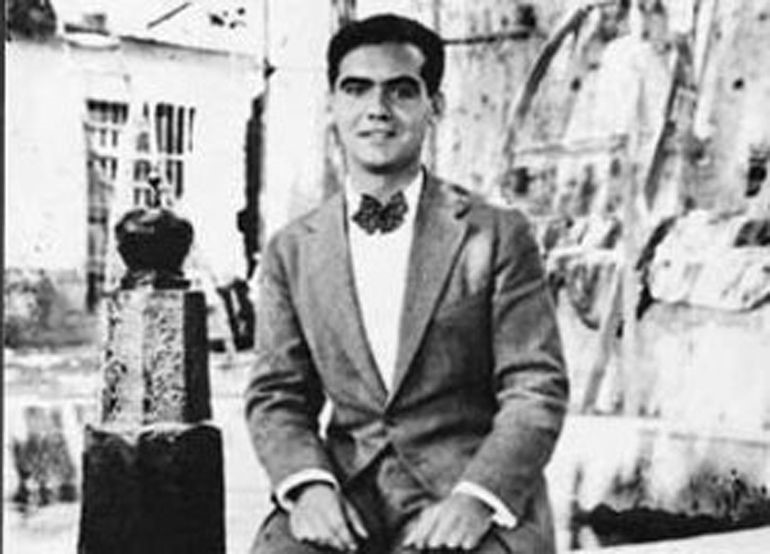From 1924, Federico García Lorca’s family began to spend their summers in the Alpujarra where the poet received so many suggestions. Federico García Rodríguez and his four children accompanied his mother, Vicenta Lorca, during the two weeks in which she treated her hepatic colic with the medicinal waters of the Lanjarón Spa. Lorca interrupted his work in Madrid to accompany his family and, on the way, wrote poems, made drawings and answered letters from friends. In that quiet space Federico wrote at least two poems that in 1928 appeared in the first edition of Gypsy Ballads, a book that led to his confirmed popularity, but, at the same time, the scorn of friends like Buñuel or Dalí, more interested in the experimental attempts they had tried in the Students’ Residence. Or he devised poems full of hilarious comedy such as In Málaga, belonging to the series Eros with a Cane from Songs, and featuring the “sumptuous Leonarda”, a woman “still young, large, rather sturdy and very beautiful” resident of El Limonar (Málaga) whom he met at the spa.

In Lanjarón he finalized a good part of the drawings required by the Catalan art critic Sebastián Gasch, collaborator of the magazine L’Amics de les Arts, for Federico’s first and only exhibition at the Dalmau art gallery. “As soon as I pick up the pen to draw,” he writes to Gasch from the Hotel España in Lanjarón, “I become the most abstract thing there is. I hate the anecdotal.” Drawings such as those entitled Cleopatra, Ecce homo of Spanish School, Sea Breeze, Venusometer and Poem of the Hook, as well as a San Sebastián inspired by the iconography of the town’s patron saint, were drawn in Lanjarón in 1927.
The attraction for the abrupt and picturesque Granada region of La Alpujarra was shared with other illustrious friends, such as Manuel de Falla, with whom he toured other towns to collect samples of folklore. The excursions also reached the region of Guadix.
Much of the correspondence with Anna María Dalí dates back to his time in Lanjarón, including the short story The Mediterranean is One and Indivisible, which is part of the correspondence.